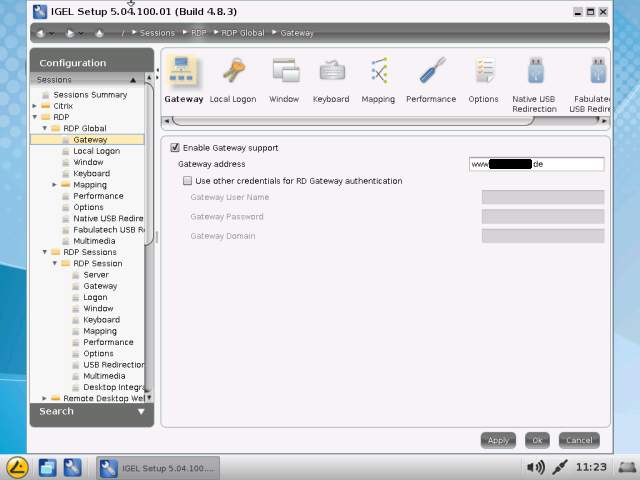

- UNIVERSAL TYPE CLIENT 6.1.5 UPDATE
- UNIVERSAL TYPE CLIENT 6.1.5 PORTABLE
- UNIVERSAL TYPE CLIENT 6.1.5 BLUETOOTH
- UNIVERSAL TYPE CLIENT 6.1.5 MAC
The name was inspired by a conversation with Sven Mattisson who related Scandinavian history through tales from Frans G.
UNIVERSAL TYPE CLIENT 6.1.5 BLUETOOTH
The name "Bluetooth" was proposed in 1997 by Jim Kardach of Intel, one of the founders of the Bluetooth SIG.

As of 2009, Bluetooth integrated circuit chips ship approximately 920 million units annually. A network of patents apply to the technology, which are licensed to individual qualifying devices. A manufacturer must meet Bluetooth SIG standards to market it as a Bluetooth device. The Bluetooth SIG oversees development of the specification, manages the qualification program, and protects the trademarks.

The IEEE standardized Bluetooth as IEEE 802.15.1, but no longer maintains the standard. In the most widely used mode, transmission power is limited to 2.5 milliwatts, giving it a very short range of up to 10 metres (33 ft).īluetooth is managed by the Bluetooth Special Interest Group (SIG), which has more than 35,000 member companies in the areas of telecommunication, computing, networking, and consumer electronics.
UNIVERSAL TYPE CLIENT 6.1.5 PORTABLE
It is mainly used as an alternative to wire connections, to exchange files between nearby portable devices and connect cell phones and music players with wireless headphones. This will allow the All Workgroups option to be shown in the InDesign Universal Type Client menu.Īnother potential issue, is that this could be a font conflict with other fonts on the system or in Universal Type Client that are already activated with the same name.Typically less than 10 m (33 ft), up to 100 m (330 ft).īluetooth 5.0: 40–400 m (100–1,000 ft) īluetooth is a short-range wireless technology standard that is used for exchanging data between fixed and mobile devices over short distances using UHF radio waves in the ISM bands, from 2.402 GHz to 2.48 GHz, and building personal area networks (PANs). NOTE - If you do not have the option for ALL workgroups, the Universal Type Server Administrator will need to make changes to the users profile (on the Server) to "Activate across all workgroups".

If the font is in a different workgroup, select the appropriate workgroup and try opening the project again.Do you have the option for 'All Work Groups'?.Is the workgroup the same one the font you are trying to activate is located?.Type/Universal Type Client/Select Work Group.Please try the steps below to verify it is not just a font workgroup selection issue: Universal Type Client has the ability to only activate fonts from a particular/certain workgroups available to the client. But, I just wanted to find out if we are the only people trying to find a solution to this issue. Some of those were core system fonts, so it's possible that having those disabled confuses other applications, even when they aren't using said fonts. The one thing I tried this last time was that I found a couple fonts disabled in FontBook, so I re-enabled all of them. Eventually, InDesign suddenly recognizes the font is there and everything shows up fine, but in the meantime, there are no methods we've seen to speed up the process.
UNIVERSAL TYPE CLIENT 6.1.5 MAC
The fonts are available to every other Mac app with which we've tested. This is not an every time situation, but we can't find a pattern. The issue we're experiencing is that when we open a document and a font isn't recognized, even if the font is manually activated in UTC, InDesign doesn't recognize that the font is available for several minutes.
UNIVERSAL TYPE CLIENT 6.1.5 UPDATE
One of my clients is using Universal Type Client 6.1.7 and the latest version of InDesign 2018 on High Sierra 10.13.6 (can't update any further to maintain compatibility with the rest of the office). I'm mostly posting this to see if I am the only one experiencing this issue.


 0 kommentar(er)
0 kommentar(er)
